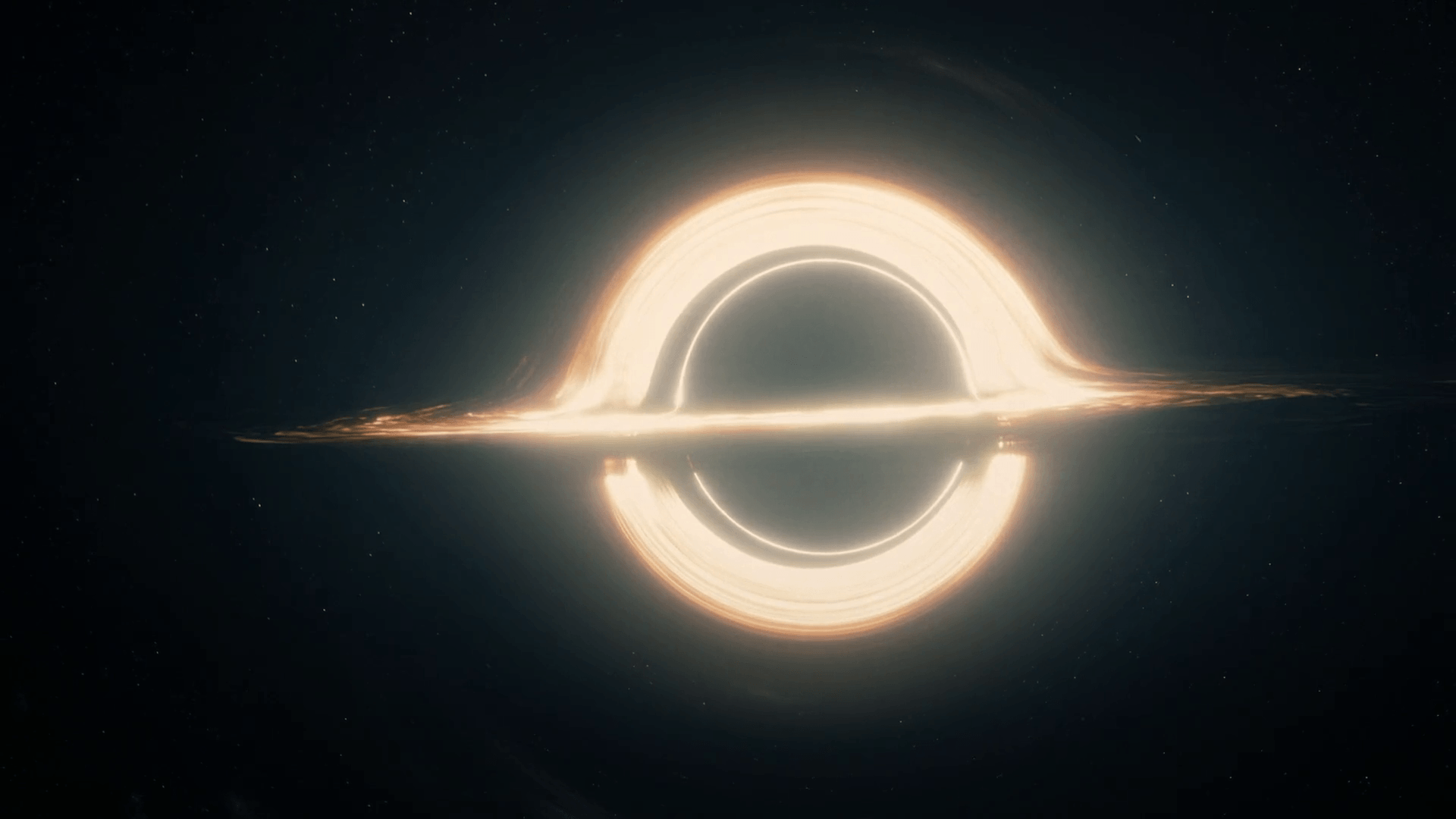

The image was made using eight radio telescopes in six sites around the world: Chile, Mexico, Spain, Hawaii, Arizona and even the South Pole. Like M87, the newly published image shows the hot material surrounding the shadow of Sagittarius A* (pronounced Sagittarius A-star).Īstronomers also revealed that Sagittarius A* is spinning - which was unknown before this image - and is tilted so that it is facing us edge on.Īs for how much is falling into it, astronomer and EHT collaborator Sara Issaoun said that comparatively, it would be like a human eating one grain of rice once every million years. The image shows the scale of Sgr A* in comparison with both M87* and other elements of the solar system such as the orbits of Pluto and Mercury. Size comparison of the two black holes imaged by the Event Horizon Telescope (EHT) Collaboration: M87*, at the heart of the galaxy Messier 87, and Sagittarius A* (Sgr A*), at the centre of the Milky Way.

However, in 2019, the EHT - an organization of more than 200 astronomers from around the world, including Canada - released a historic first photograph of a black hole at the centre of another galaxy, Messier 87 (M87), that showed the shadow of the black hole with its surrounding gas illuminated. This includes light, which is why they are so notoriously difficult to detect, unless they're interacting with a nearby star. The results were published today in a special issue of Astrophysical Journal Letters.īlack holes are relatively small, invisible, extremely dense regions of space with a gravitational field where anything that crosses their threshold - known as the event horizon - gets pulled in, never to return.

Observations of stars near the core showed them orbiting something invisible, which suggested a black hole. It has never been seen.Īstronomers using the Event Horizon Telescope (EHT) have taken the first image of the Milky Way's supermassive black hole, named Sagittarius A*.Īstronomers have long speculated about a black hole at our galaxy's centre. More than 27,000 light-years away, at the heart of our galaxy, lies a supermassive black hole, one that is more than four million times the mass of our sun.


 0 kommentar(er)
0 kommentar(er)
